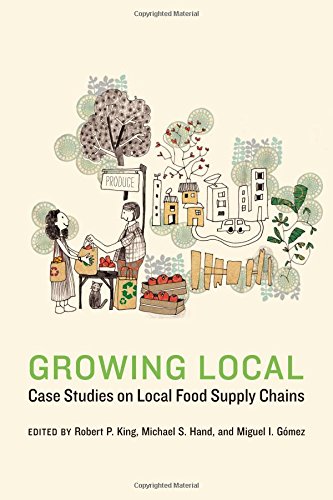

Most ebook files are in PDF format, so you can easily read them using various software such as Foxit Reader or directly on the Google Chrome browser.
Some ebook files are released by publishers in other formats such as .awz, .mobi, .epub, .fb2, etc. You may need to install specific software to read these formats on mobile/PC, such as Calibre.
Please read the tutorial at this link: https://ebookbell.com/faq
We offer FREE conversion to the popular formats you request; however, this may take some time. Therefore, right after payment, please email us, and we will try to provide the service as quickly as possible.
For some exceptional file formats or broken links (if any), please refrain from opening any disputes. Instead, email us first, and we will try to assist within a maximum of 6 hours.
EbookBell Team

5.0
18 reviewsIn an increasingly commercialized world, the demand for better quality, healthier food has given rise to one of the fastest growing segments of the U.S. food system: locally grown food. Many believe that “relocalization” of the food system will provide a range of public benefits, including lower carbon emissions, increased local economic activity, and closer connections between consumers, farmers, and communities. The structure of local food supply chains, however, may not always be capable of generating these perceived benefits.
Growing Local reports the findings from a coordinated series of case studies designed to develop a deeper, more nuanced understanding of how local food products reach consumers and how local food supply chains compare with mainstream supermarket supply chains. To better understand how local food reaches the point of sale, Growing Local uses case study methods to rigorously compare local and mainstream supply chains for five products in five metropolitan areas along multiple social, economic, and environmental dimensions, highlighting areas of growth and potential barriers. Growing Local provides a foundation for a better understanding of the characteristics of local food production and emphasizes the realities of operating local food supply chains.